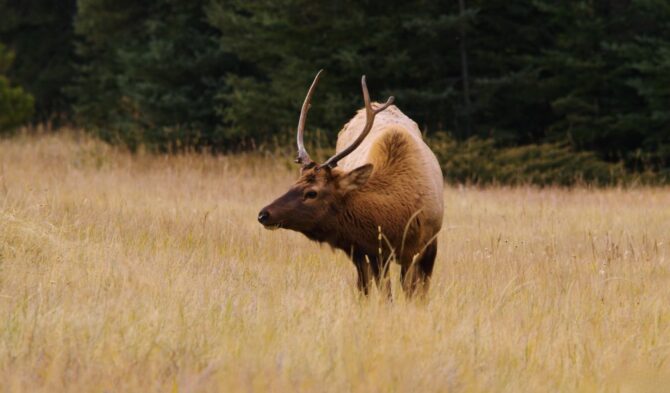Looking for information on the most dangerous animals in Alaska?
Despite being one of the most popular states in the US, Alaska’s vast expanses are largely occupied by animals, some of which can pose a threat to humans.
From American black and grizzly bears to porcupines and wolves, there are numerous deadly animals in Alaska that should be avoided.
To help you stay safe, we’ve compiled a guide to the top 10 most dangerous creatures in Alaska wildlife.
Whether you’re an animal lover or just visiting, safety should always be a top priority.
What are the Most Dangerous Animals in Alaska?
1. Grizzly Bear

- Scientific Name: Ursus arctos horribilis
- Habitat: Woodlands, forests, alpine meadows, prairies
- Threats: Powerful and unpredictable, known to attack humans
Also known as the North American brown bear or simply grizzly, the grizzly bear can be found in many North American regions.
It is the subspecies of the brown bear and is quite popular in the media, especially in movies like Open Season.
It also has a lot of legends surrounding it and was highly regarded at some point in history.
Attacks from a grizzly bear are uncommon as all bears tend to avoid humans, but this mammal will defend itself or launch an attack when provoked.
Fighting a grizzly bear is not a good idea as it has a lot of weapons at its disposal, from its weight to its sharp claws.
Note that grizzly bears are more likely to attack during the fall.
2. American Black Bear

- Scientific Name: Ursus americanus
- Habitat: Forests, mountains
- Threats: Can attack if threatened or provoked
The American black bear is sometimes just called the black bear, and it can be found only in North America.
It is the smallest bear on the North American continent but should not be underestimated. Those claws can still cause harm, and their body weight is still enough to overpower a human.
The good thing about the black bear is that it is the least likely bear in the United States to attack a human.
It avoids humans when it can and would often prefer threatening to attack. That said, statistics confirm that it does attack—albeit rarely—so you should not go too close to one.
3. Polar Bear
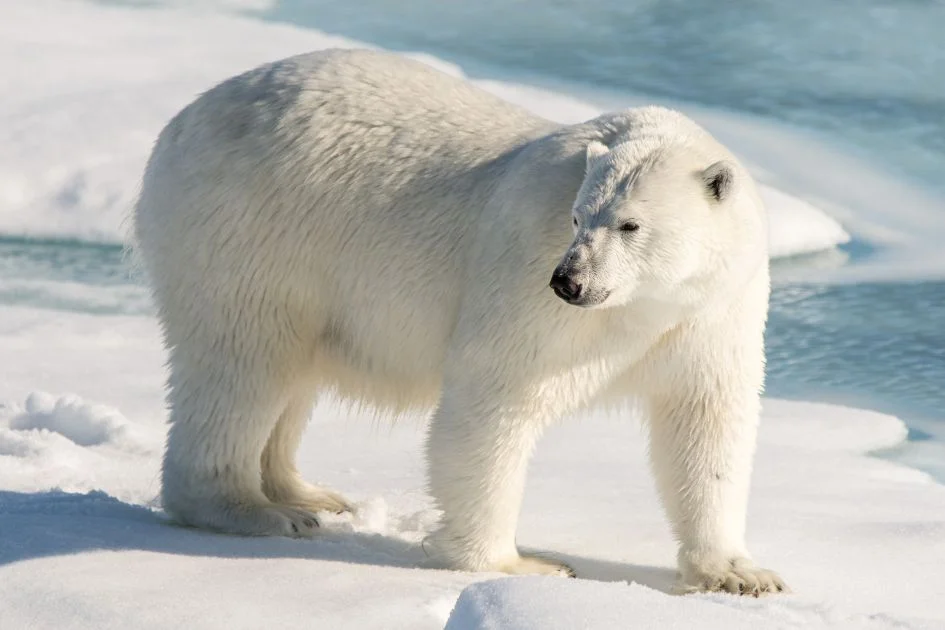
- Scientific Name: Ursus maritimus
- Habitat: Arctic seas
- Threats: One of the most dangerous animals in the world, powerful and unpredictable, known to attack humans
The polar bear is recognizable thanks to its white, furry skin. It is the largest living bear with claws and teeth that few animals can stand against.
It lives in the arctic regions of Alaska, so this is one animal you may not easily meet. While this sounds like good news, there’s the other side.
Because polar bears don’t come across humans often, they are not wary towards us the way a grizzly or a black bear would. This makes them more likely to attack even without provocation.
These attacks remain rare because the polar bear stays in remote areas, but experts predict that it might increase in the future due to the effects of climate change.
4. Moose
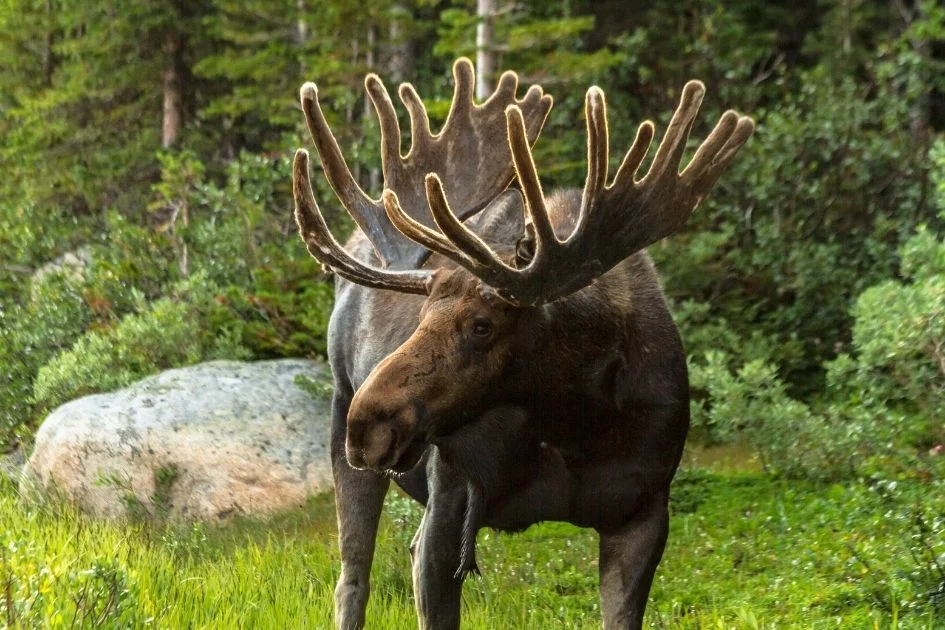
- Scientific Name: Alces alces
- Habitat: Boreal forests, temperate broadleaf
- Threats: Large, aggressive, territorial
The moose might be a herbivore, but that doesn’t make it any less dangerous.
Imagine having an animal weighing more than 600 kilos with sharp antlers charging at you.
In truth, the moose is considered safe by many. It isn’t a predator and isn’t given to chasing anyone by instinct.
However, the moose get easily startled. As prey, any movement can make it get defensive, and in this state, it will want to protect itself.
As they live very close to human dwellings, the chances of them getting startled are high. Even more, moose are considered more dangerous than bears.
5. Walrus
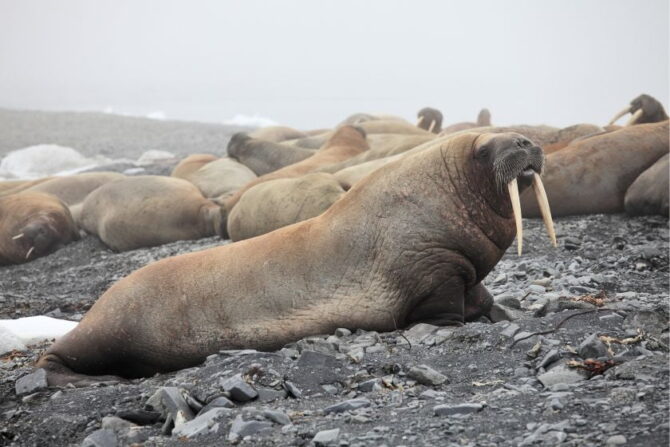
- Scientific Name: Odobenus rosmarus
- Habitat: Sea ice
- Threats: Can be aggressive and attack humans if threatened or disturbed
The distinguishing features of the walrus are the long tusks protruding from its face. It is also huge, and you won’t miss the walrus once you set your eyes on it.
There are a lot of walruses in Alaska, and many tourists come to this state to catch a glimpse of the huge sea mammal.
As striking as it is, walrus is very dangerous. It hardly crosses paths with humans, so it doesn’t show any wariness or hesitation if it ever attacks.
There have been reports of walruses capsizing boats! It may not attack if left alone, however.
6. Yukon Wolf

- Scientific Name: Canis lupus pambasileus
- Habitat: Boreal forests, alpine, subalpine, Arctic tundra
- Threats: Can attack if they feel threatened or if they are habituated to humans
The Yukon wolf is a subspecies of the gray wolf, also called the Interior Alaskan wolf.
It is found in the interior sections of Alaska, as well as many other regions of North America. The Yukon wolf is one species out of many others that live in Alaska.
Wolves are generally wary of humans, and they see us as enemies. The lone wolf poses little danger too, but when in a pack these wild dogs are formidable.
They can take down animals bigger than them (like the moose). Imagine what they can do against a human.
7. Wolverine
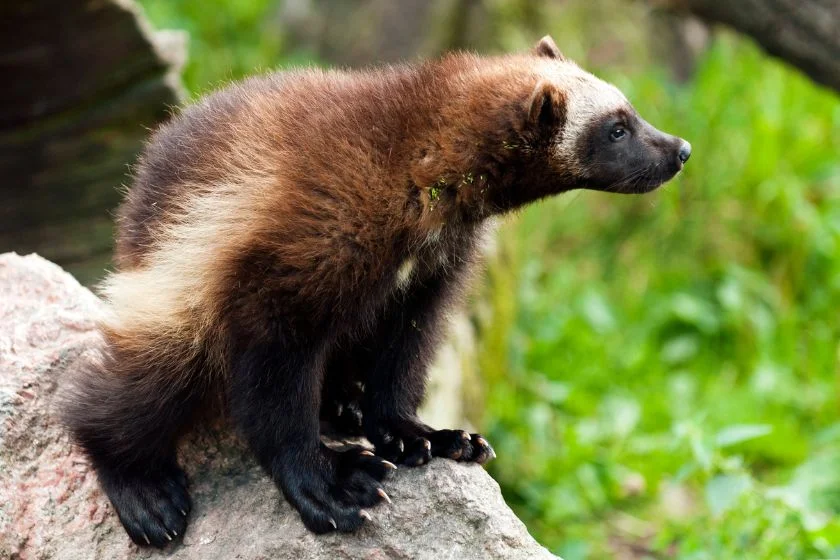
- Scientific Name: Gulo gulo
- Habitat: Artic, boreal, alpine
- Threats: Strong and aggressive, may attack humans if threatened
No, we’re not talking about X-Men. The wolverine is an actual animal with a wide range, including Alaska, where many of it can be found.
It is also called glutton, carcajou, or quickhatch. The fictional Wolverine character was based on the animal, which already says a lot about the ferocity of the wolverine.
Known to be solitary, the wolverine is still capable of harm. It is known to overcome animals bigger than it and doesn’t seem to be wary towards humans.
This makes it more likely to attack a person, and you wouldn’t want to go against sharp claws and strong molars.
8. North American Porcupine
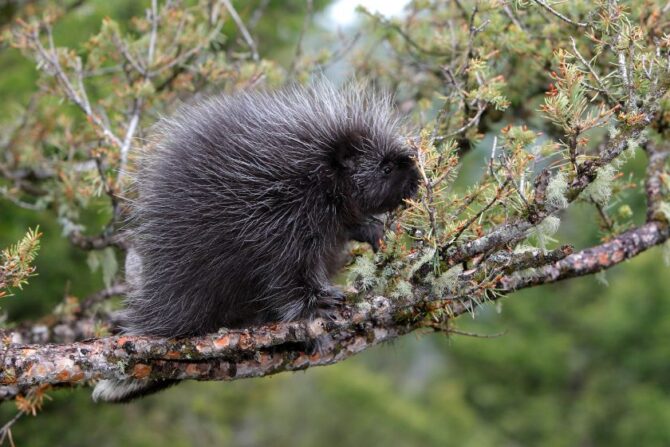
- Scientific Name: Erethizon dorsatum
- Habitat: Forests, shrublands
- Threats: Can inflict painful quill injuries if threatened or cornered
Also known as the Canadian porcupine, the North American porcupine is the smallest animal on this list, but its defense mechanism makes it risky for humans to be close to.
Porcupines look like pet mice, but those quills aren’t for show.
When threatened, the porcupine gives a warning scream and uses the quills to defend. While it doesn’t shoot it out as once thought, you will still get pierced if you’re close.
These quills can kill a dog and may become fatal on humans if left in your skin for long.
9. Caribou
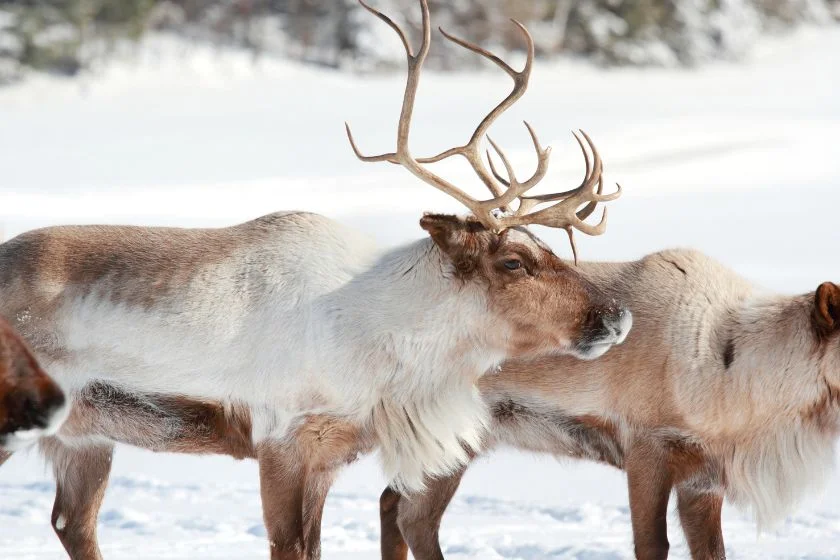
- Scientific Name: Rangifer tarandus
- Habitat: Arctic tundra, mountain tundra, forests
- Threats: Can be dangerous if approached too closely
The caribou is also called the reindeer in other places, and if your only idea of reindeer is linked to Santa Claus, you might wonder why it is on this list.
The caribou isn’t a predator or a carnivore, but it has its share of trouble.
A territorial animal, the caribou don’t appreciate having a stranger in its territory, especially during calving season. It will attack at that time, even without provocation.
The antlers serve as strong weapons, and victims of a caribou attack are often advised to go for a checkup.
10. Canada Lynx
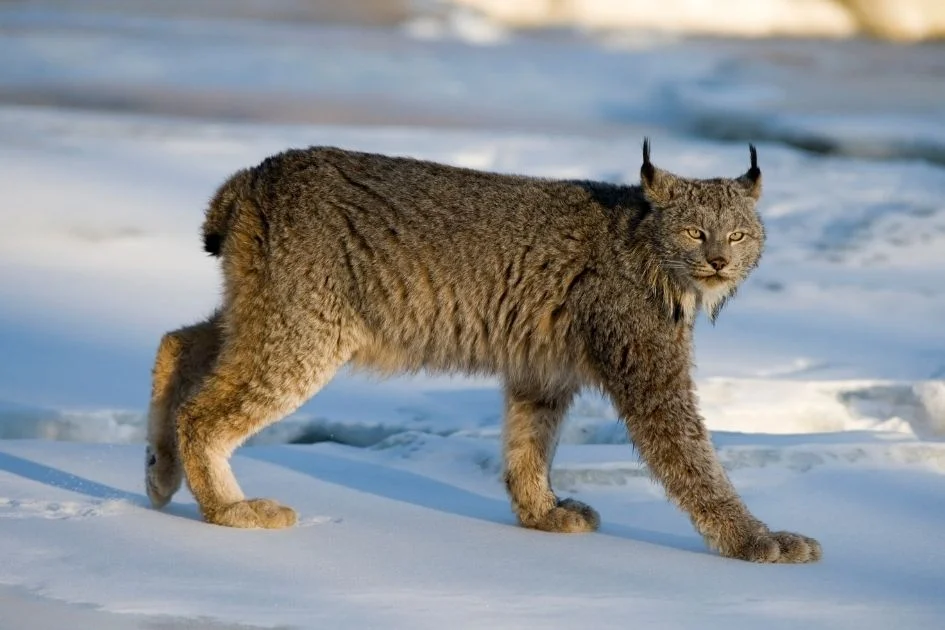
- Scientific Name: Lynx canadensis
- Habitat: Moist, boreal forest
- Threats: Can attack if cornered or provoked
The Canadian lynx is one of four lynx species, the others being the Eurasian lynx, bobcat, and the Iberian lynx. The Canadian lynx is mainly found in North America, including Alaska.
Being from the cat (felinae) family, the Canadian lynx looks like a pet cat. Make no mistake, however. The Canadian lynx isn’t domestic.
This wild cat is dangerous; you should give it a wide berth. The lynx won’t hesitate to attack when provoked, cornered, or threatened.
If you think getting scratched by a pet cat hurts, try being on the wrong side of the lynx. Victims are also encouraged to go for immediate medical checkups.
Domestic Dog – Honorable Mention

If you own a pet dog, you might wonder why we mentioned it on this list. While the domestic dog isn’t a part of the Alaskan wildlife, it has still caused much harm in the state.
A study showed that American Indian and Alaskan native kids had suffered more attacks from domestic dogs than the general US population.
A dog attack is a general concern for Americans, with over 4 million getting bit every year, according to statistics.
You should endeavor to avoid getting bit by a stray and fierce dog in Alaska.
Alaska Wildlife Safety Tips
For nature enthusiasts, the risk of a few dangerous animals shouldn’t be a discouraging factor.
Alaska allows you to view animals in their natural habitat, which you may not fully experience at a zoo or park.
You only need to stay safe, so we have some tips!
- We know you love animals, but it is best to keep those instincts for your pets at home. Do not feed any animal or offer it human food, even if it doesn’t look harmful. When wild animals get accustomed to food, they can get quite aggressive while trying to get it.
- Keep your distance from any animal, regardless of how harmless it might seem. Three hundred yards is the recommended distance from bears and 25 yards from other animals. You shouldn’t also go close to a den or nest.
- Do not touch any animals, even young ones. There’s a good chance the mother will be close by, and she won’t be happy seeing you with her baby. Many female animals have this protective instinct.
- Let your camp be clean, and do not leave food trails that can attract animals to where you stay. Even better, eat far away from where you sleep and store your food well.
- If you come across any big animal like a bear or a moose and it hasn’t sighted you, keep it that way. Suppose it has, back away without startling it further.
Related Questions
Do snakes exist in Alaska?
Except for a few sea turtles, there are no reptiles in Alaska. This means you won’t find snakes, freshwater turtles, and even lizards anywhere in Alaska.
What animal kills the most in Alaska?
The highest number of attacks from animals has been attributed to domestic dogs. This is possible because domestic dogs are closer to humans. Many other animals won’t attack if you don’t infringe on their territories.
Does Alaska have any poisonous animals?
Alaska is one of the best places for people afraid of snakes or other poisonous animals as you won’t find them here.
Are there lions in Alaska?
There are no lions in Alaska. Lions have a limited range, and there are only very few in North America. There used to be more until the American lion went extinct.
Final Thoughts
There are a lot of animals any visitor to Alaska would like to meet, but some require a lot more distance, especially when hiking or camping.
These most dangerous animals in Alaska can be deadly when provoked and may cut short your vacation if they attack.
You should know more about these creatures and how best to avoid them while hiking or camping.
You can contact a travel expert to guide you.

